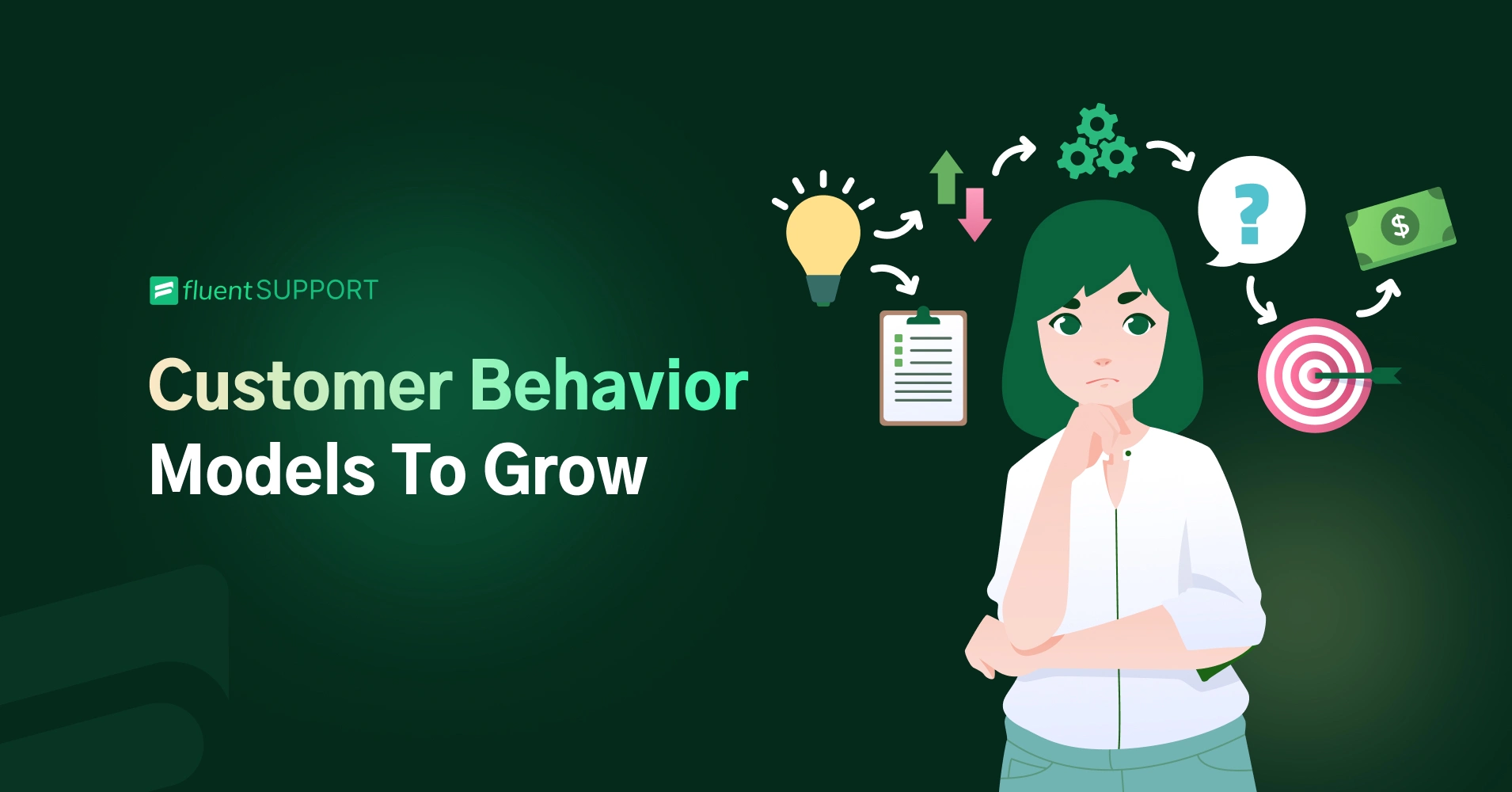
Customer Behavior Models And How Businesses Are Influenced By These
Do you know that businesses that follow consumer behavior make repetitive sales? In fact, according to a poll, more than 90 percent of businesses benefited from understanding the customer behavior model. And another poll showed more than 80 percent sales growth.
When it comes to customer acquisition, you have to ensure personalized buying experiences. There are a lot of ways you can achieve that. We are going to talk about those models here.
But before that, let’s understand the basics of consumer behavior.
What is customer behavior?
Customer behavior is about how people or groups decide to buy, use, and get rid of things like products and services to meet their needs and desires.
We have discussed this in detail in another blog about consumer behavior fundamentals. You can give it a read to know better.
Now let’s dive a little deeper.
Customer behavior model
You cannot put a consumer’s behavior into a single model. Because of different factors, purchase behavior can change vastly. So, to make it easier and more suitable, researchers categorized it into two different types of consumer behavior models.
1. Traditional customer behavior models
The traditional customer behavior model is a theoretical framework that shows a purchasing decision by a customer on a personal level. Why and how do consumers get influenced, and what motivates them to adopt this attitude?
2. Contemporary customer behavior models
The contemporary customer behavior model focuses on a holistic approach. That means instead of focusing on a single customer, this approach focuses on the whole system, including infrastructure, technology, environment, and so on.
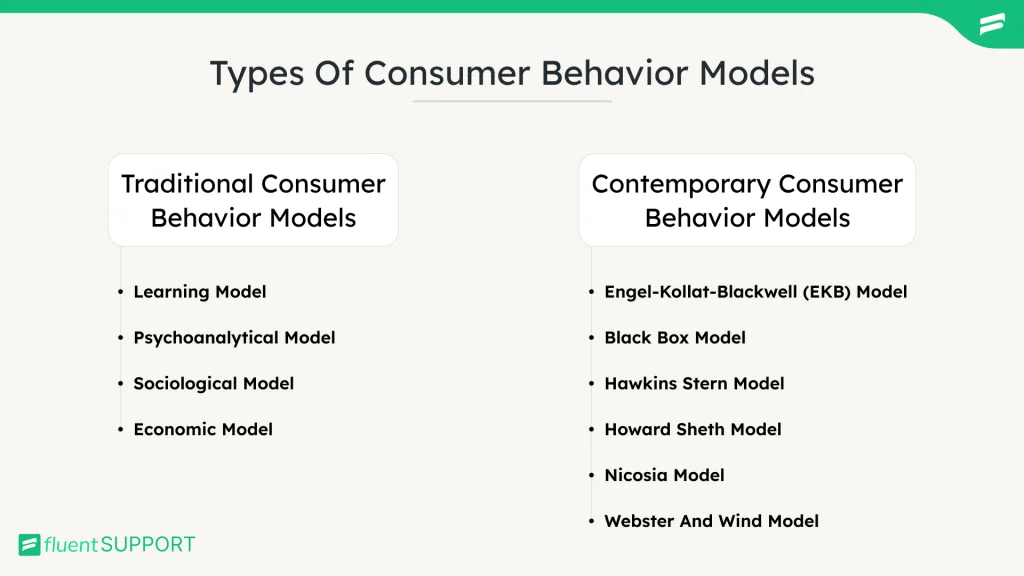
Traditional consumer behavior models
Traditional consumer behavior models include the following:
Learning Model
The learning model is a theoretical framework that shows how consumer’s purchase decisions are influenced by their acquired information through experience and how they apply that information during decision-making.
This model has a few principles. But here are four vital theories:
1. Needs
Consumer purchase decisions can be influenced by basic needs. Basic needs may include food, shelter, educational needs, and so on.
2. Learning
In this case, the purchase decision influenced some external sources of information. For example, the consumer might have used it for a limited time previously, learned about it from advertisements, or heard about it from a friend.
3. Reinforcement
Consumers usually do not want to experiment with usability. It’s not about ease of use; it’s about becoming used to it. It could also be a positive consequence of a product.
So, because of these factors, consumers are most likely to be encouraged to repeat their purchase decisions.
4. Motivation
Certain motivations can influence the buying decisions of a consumer. It’s the belief of the consumer that they will be satisfied by buying that product.
This motivation can be intrinsic, such as the satisfaction of completing a target. This could also be extrinsic, such as winning a lottery.
Psychoanalytical Model
The psychoanalytical model says a consumer’s purchase decision is influenced by unconscious factors of human behavior. It might not be retional to some extent, as it can be connected to some previous experience.
These unconscious factors can develop through childhood trauma, good memory, or any type of emotion (such as aggression).
We can base this model on a few principles.
1. Unconscious Motivation
As per the theory, purchase decisions can be affected by unconscious desire. This desire or motivation can be due to some previous experience or might be linked to nostalgia.
2. Symbolic Meaning
Different brands or products can symbolize different things to customers. It can vary depending on factors like personal desire, experience, or identity.
Let’s say an expensive watch can symbolize wealth to someone or to others; it may symbolize importance in the community.
3. Defense Mechanisms
Buying staff can be a psychological defense mechanism. Psychoanalytic theory shows that purchase decisions can be influenced to protect them from emotional triggers (such as depression or anxiety).
Consumers displace unconscious desires from feeling stressed to buy goods
Sociological Model
Purchase decision can be influenced by the society that we live in. Social factors like economic class, local culture, or influencing groups or people can manipulate your needs.
This model has a few principles.
1. Cultural impact
Culture sets norms for social people. And those norms or beliefs havely manipulate purchase decisions.
Depending on cultural norms, a lot of things vary, from food to clothing to activities. To satisfy those cultural norms, consumers make decisions during purchases.
2. Economical Class
This ranking system is very common in any society. It’s mostly based on income, occupation, and education.
This factor influences the consumer’s decision to choose a product based on affordability and the brands they accept for their class.
3. Reference Group
Any person from your work, family, or friends can influence your purchase decision as a consumer. Let’s say you have a friend who dresses well. Most likely, you will be influenced and buy a similar dress.
4. Social learning
The consumer’s purchase behavior is influenced by the experience developed through social influence. This is manipulated by peers and what consumers hear and observe in society.
Economic Model
Consumers tend to follow the utility maximization principle. That means, with a limited resource, the customer’s budget gets distributed to maximize satisfaction.
This model has a few principles:
1. Utility maximization
Consumers will choose the product based on their maximum satisfaction with a limited resource.
2. Diminishing marginal utility
This suggested that the consumer purchase additional goods for greater satisfaction. To do that, they decrease the marginal utility.
3. Budget constraints
Consumers make purchasing decisions based on the limited budget they have.
4. Price elasticity
Consumers purchasing decisions are influenced by the price of the product and their income. Even the demand for the product can change with price.
Contemporary consumer behavior models
Contemporary consumer behavior models include the following:
Engel-Kollat-Blackwell (EKB) Model
The Engel-Kollat-Blackwell theoretical framework describes five stages of the purchase decision-making process.
Here are the five stages of the purchase decision-making process:
1. Need recognition
Consumers realize that they need a particular product to solve an issue they are facing.
2. Information search
Consumers start searching for information on various products to find the solution to that issue.
3. Evaluation of alternatives
Consumers started to compare searched products and figure out the pros and cons of the products. Then select a product that is most suitable for consumers.
4. Purchase decision
In this stage, consumers make the final decision to purchase the product they selected.
5. Post-purchase evaluation
After purchasing the selected product, the consumer reassesses the decision they made. Evaluate if that product really solves the issues or not.
Black Box Model
This framework describes how customers make the purchase decision in a very simplified way. It’s called the black box because it considers the input and output of the decision-making process.
This model consists of three components.
1. Stimulus-Response Model
This is the input part where consumers gather information or become aware of the product. It generally happens through advertising or word-of-mouth marketing.
2. Decision-Making Process
This is the black box itself. Consumers process information and evaluate options before making the final purchase decision.
Here, consumers might rethink the predetermined decision and may get influenced by some other new brand.
3. Output
Finally, at this stage, consumers make their final purchase decisions.
Hawkins Stern Model
Hawkins stern model is the theoretical framework that describes how consumers make impulse purchase decisions.
According to the Hawkins-Sterm model, two major factors influence the impulse decision-making process.
1. High value
The product is high in value. It can happen due to the high demand for the product or even a low stock with higher satisfaction.
2. Extreme stimuli
The purchase decision can be influenced by hunger, stress, thirst, or excitement.
Howard Sheth Model
The Howard Sheth model framework takes a different approach to purchase decision-making. Instead of just simple input and output, it considers various factors. These factors include social factors and psychological factors.
In this model, we can categorize this purchase decision-making into three categories.
1. Extensive problem solving
In this category, consumers have no awareness of the product. Do not know about the brand or the product type. Consumers have to do thorough research from scratch.
2. Limited problem-solving
In this category, customers are familiar with the product or brands. But consumers still need some additional information to make a final purchase decision.
3. Routinized response behavior
This category shows effortless decision-making without any additional research. That means consumers have enough data on that product.
Nicosia Model
The Nicosia model describes the relationship between consumers and sellers in four different fields.
1. Input Field
Consumers get information about products through external stimuli. These include advertising, promotion, sales calls, word-of-mouth, and so on.
2. Perceptual Field
Here, consumers get all the information needed about the products and process it to match their’ perceptions. The main goal here is to make some sense of the product for customer’s solution.
3. Learning Field
Based on the perception the consumer built through information, they started exploring the product. A customer’s learning process is impacted by their environment, experience, beliefs, and values.
4. Output Field
Finally, in this category, the consumer takes the step to make a final purchase decision. This decision is also influenced by various factors, like needs and efforts.
Webster and Wind Model
The Webster and Wind model is a theoretical framework that is specifically focused on organizational purchase decisions. And as per this model, organizations’ buying decisions are based on a variety of factors.
Organizational buying habits are influenced by the following factors:
1. Organizational factors
Every organization has it’s own goals, objectives, and limitations. And depending on that, different products get different priorities. These factors influence buying decisions.
2. Individual factors
The person who is responsible is another factor in the purchasing decision. That person’s beliefs and company environment get into the process.
Let’s say that if that person is aware of the risk, then the big brands will get priority.
3. Environmental factors
Economical, technological, or competitive environments can have a big influence on the buying decisions of organizations.
How are businesses influenced by consumer behavior models?
These consumer behavior models aren’t just theories. If you put in some effort and understand the consumer’s buying habits, it will be the most beneficial step for a company. Not only will you create segments for your customers, but you will also know what they want.
In the following sectors, you will get benefits from the customer behavior models:
Product development
Companies that use consumer behavior data can identify the improved scope of the product or service for that targeted consumer behavior. Companies can even explore new ideas depending on consumption habits and needs.
Pricing Strategies
Consumer behavior models can provide vital data, like demography, economic status, or environmental and social factors. Depending on the pricing of a product, it can affect a purchase decision.
If you are targeting the right consumer, you can strategically set a price point to increase revenue.
Marketing Strategies
Consumer behavior models will provide specific information about your customer. This will help you create different segments of customers. You can easily create different marketing strategies to target different consumer sections.
Customer service
Consumer behavior models will let you understand what influences your customers to reach out for customer service. Depending on the data, you can provide more personalized customer service.
If you can use this data wisely, your sales service team can close more deals with less effort.
Customer Experience
The consumer behavior model can help you create dynamic segmentation of your customers. This will help you create a more personalized experience for your customers
Warping up
At the end of the day, the goal here is to grow your business and make it sustainable in the market. For sustainable business, you have to create a customer-centric business.
By using these customer behavior models, you will understand how consumers think and create a well-tuned customer-centric business model.
Start off with a powerful ticketing system that delivers smooth collaboration right out of the box.





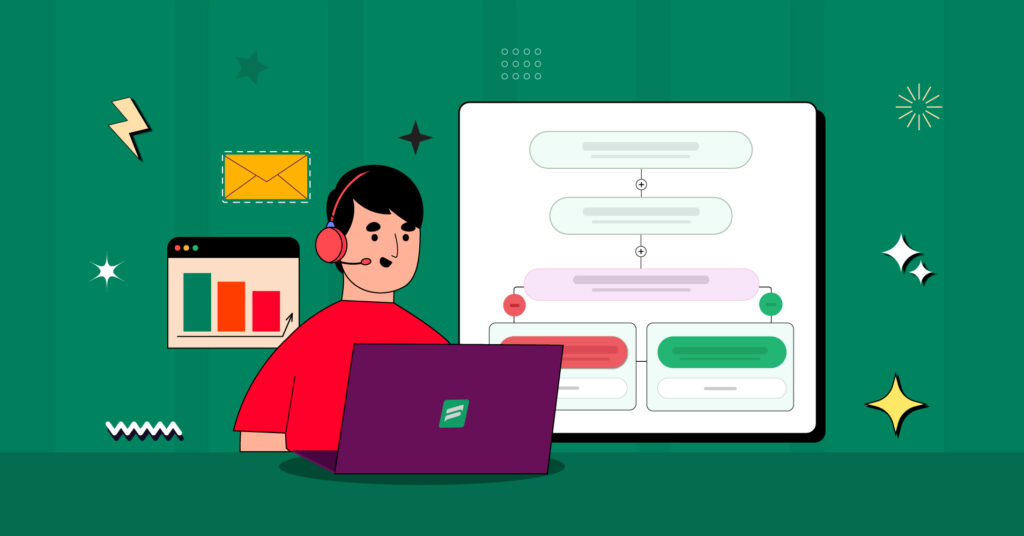



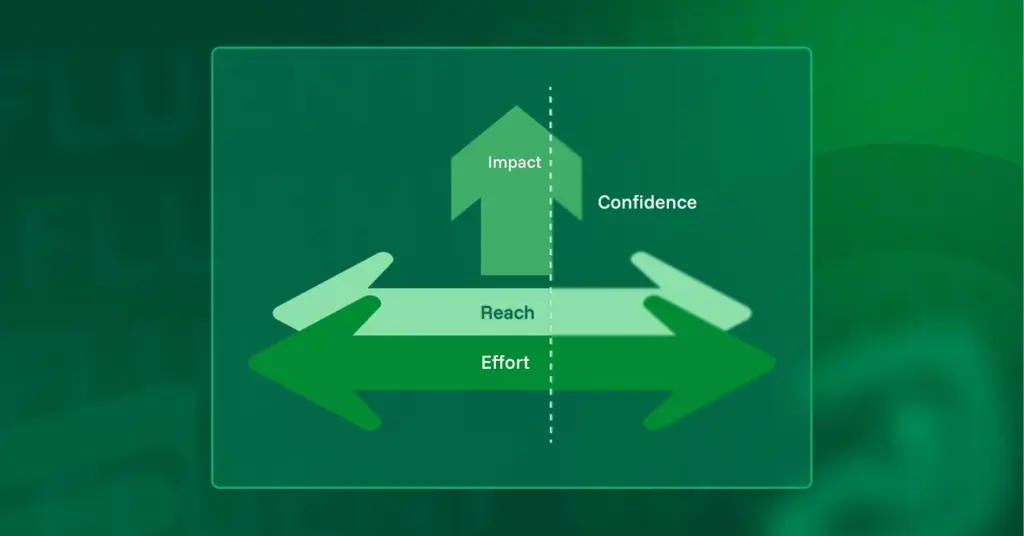
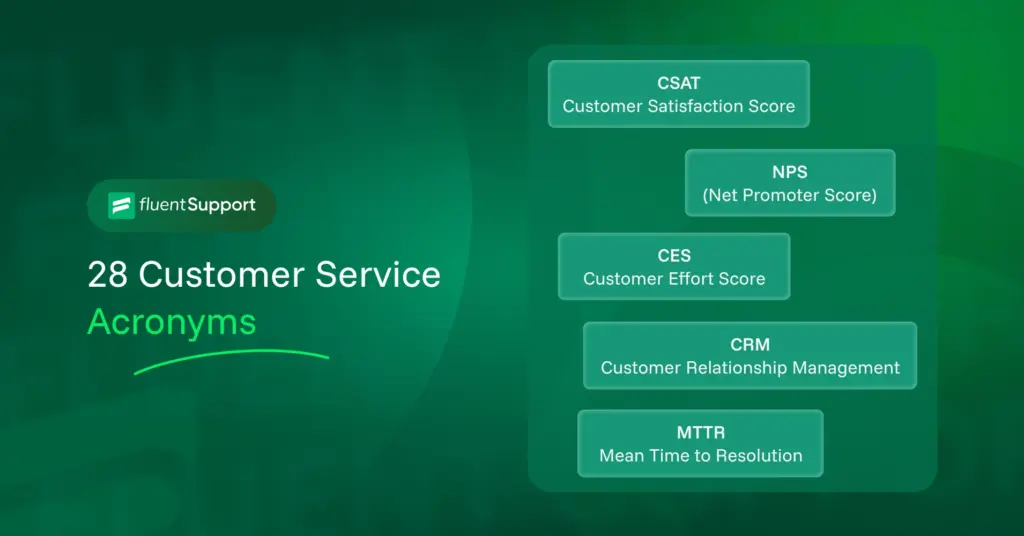

Leave a Reply